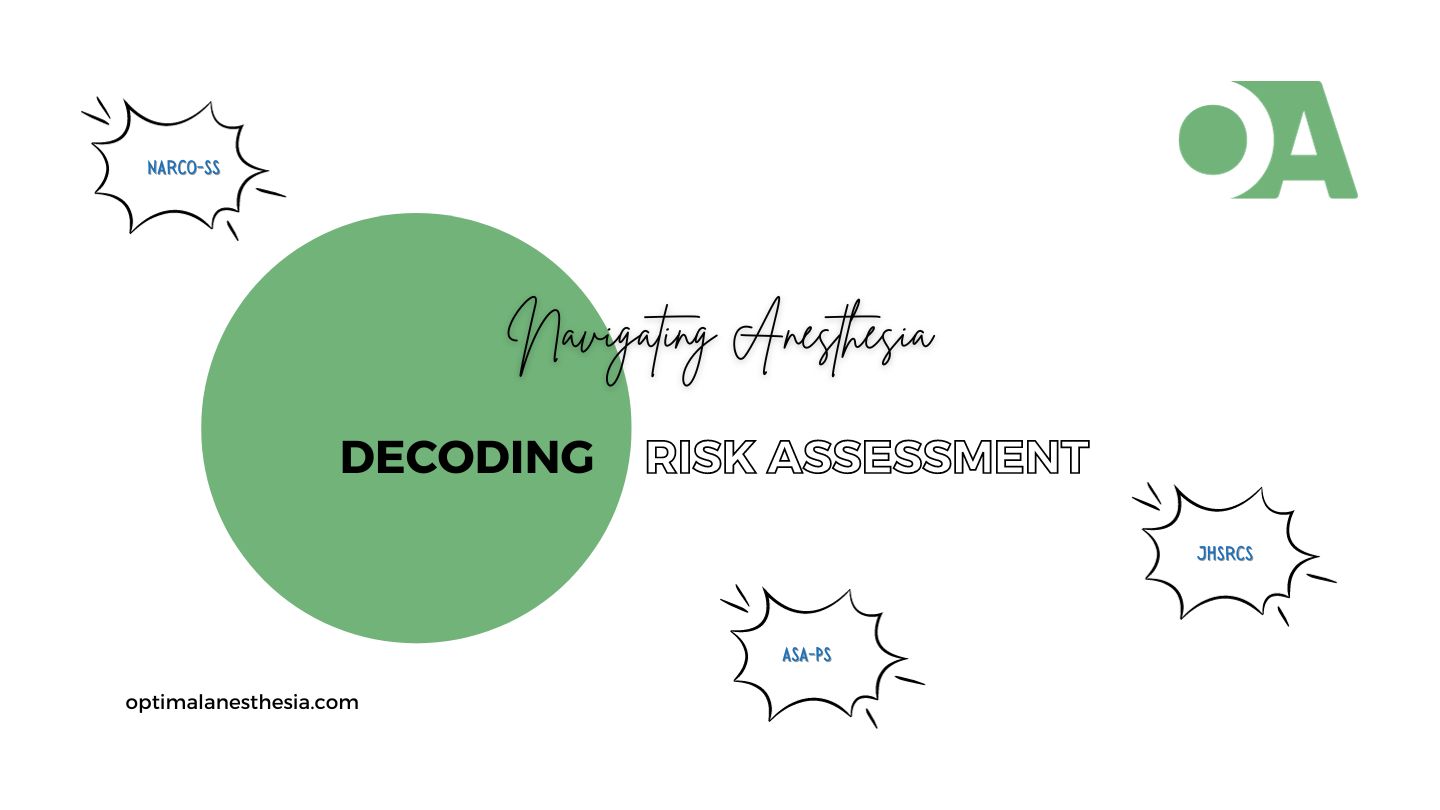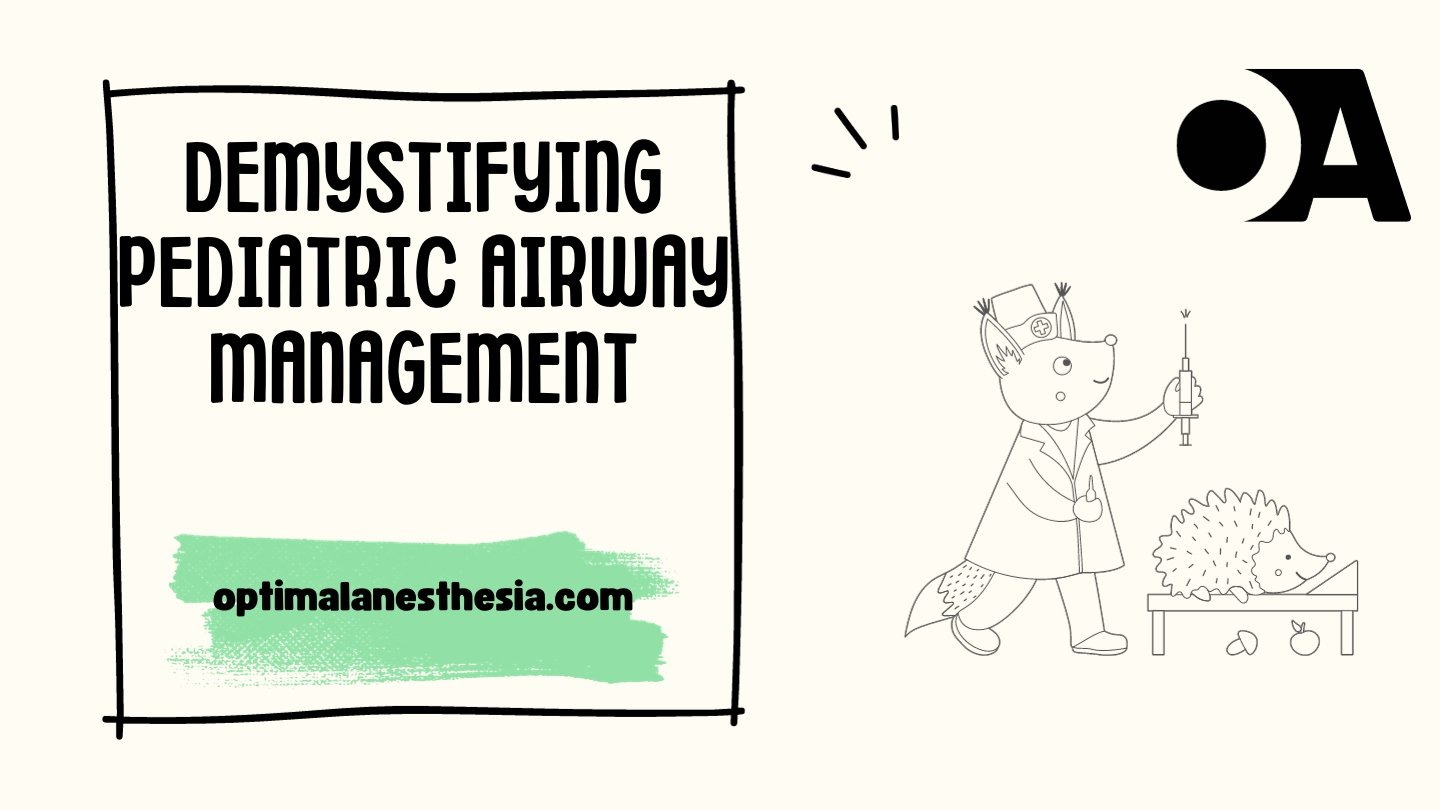Laryngospasm
Introduction: Laryngospasm is a life-threatening complication during the perioperative period with various causes and severe consequences. Pathophysiology: Laryngospasm is a complex physiological response involving the upper airway and the body’s reflex mechanisms. It occurs when the vocal cords in the larynx suddenly close, obstructing the flow of air into the trachea and lungs. This reflexive … Read more










